Highlights:
- Researchers develop an algorithm to overcome coordinate singularities in field-aligned systems.
- Advances accuracy of gyrokinetic simulations in X-point tokamak configurations.
- Algorithm enables combined core and scrape-off layer (SOL) analysis for fusion devices.
- Demonstrated through simulation of the Spherical Tokamak for Energy Production (STEP).
TLDR:
A team of physicists has introduced a novel computational method that removes singularities in field-aligned coordinate systems, significantly improving the accuracy and scope of gyrokinetic simulations in complex tokamak geometries, paving the way for better predictive modeling of fusion reactors.
In a remarkable advancement for plasma physics and nuclear fusion modeling, a team of researchers—Akash Shukla, Ammar Hakim, James Juno, Gregory Hammett, and Manaure Francisquez—has proposed a new computational approach for handling X-point geometries in tokamaks. Their study, published on arXiv under the title *Constructing Field Aligned Coordinate Systems for Gyrokinetic Simulations of Tokamaks in X-point Geometries* (arXiv:2510.21676), addresses a longstanding challenge in simulating the intricate magnetic configurations within fusion devices.
Tokamaks confine superheated plasma using magnetic fields configured in toroidal shapes, with complex topologies that include magnetic X-points—regions where field lines split and reconnect, forming separatrix structures. Traditional field-aligned coordinate systems are ideal for modeling plasma aligned with magnetic field lines, but these systems face mathematical singularities at X-points, where the poloidal magnetic field vanishes. This singularity has made it nearly impossible to conduct simultaneous simulations of the core and the scrape-off layer (SOL)—two crucial regions that govern plasma confinement and material interaction.
The researchers have overcome this barrier by developing an algorithm capable of computing geometric quantities in a standard field-aligned coordinate framework without encountering singularities. Their method allows consistent two-dimensional axisymmetric simulations encompassing both the tokamak core and edge regions. This approach optimizes computational efficiency and enhances the precision of gyrokinetic codes used to study plasma turbulence and transport phenomena. The algorithm has been successfully demonstrated through simulations of the Spherical Tokamak for Energy Production (STEP), a key next-generation fusion concept aiming to achieve sustainable energy output.
This development represents a major step toward unified, high-fidelity models of plasma dynamics in realistic tokamak setups. By eliminating the need for coordinate patching or simplified geometries, the proposed technique expands the applicability of field-aligned simulations to a broader range of fusion plasma scenarios. As fusion research accelerates globally, tools like this will be vital in bridging the gap between theoretical plasma physics and operational fusion reactors.
Source:
Source:
Shukla, A., Hakim, A., Juno, J., Hammett, G., & Francisquez, M. (2025). Constructing Field Aligned Coordinate Systems for Gyrokinetic Simulations of Tokamaks in X-point Geometries. arXiv:2510.21676 [physics.plasm-ph]. DOI: https://doi.org/10.48550/arXiv.2510.21676

